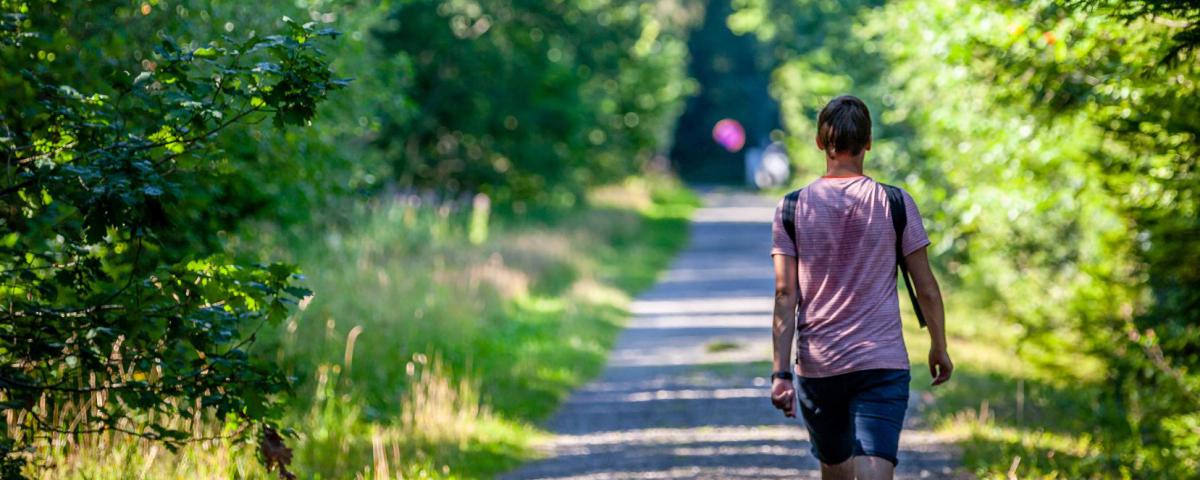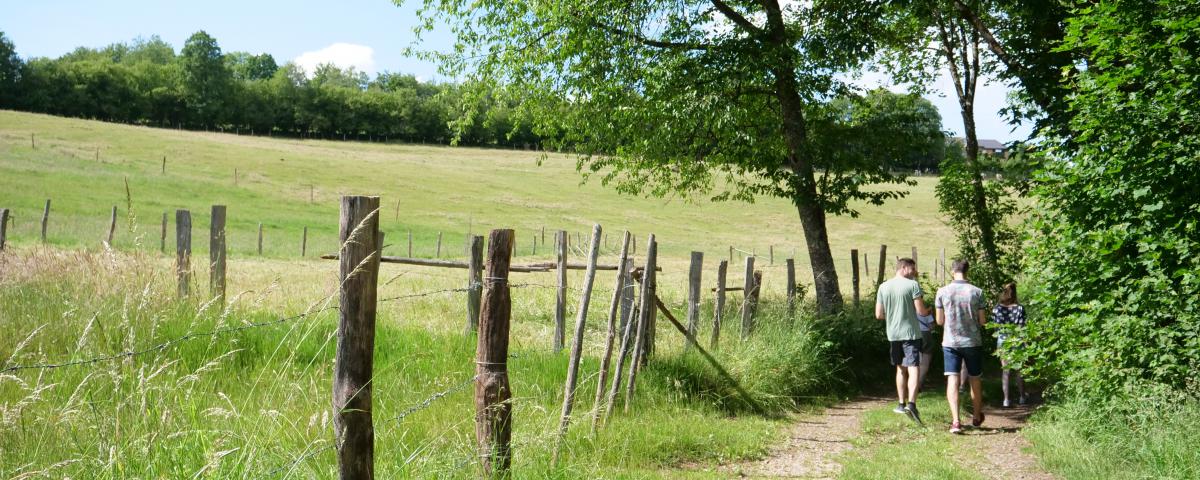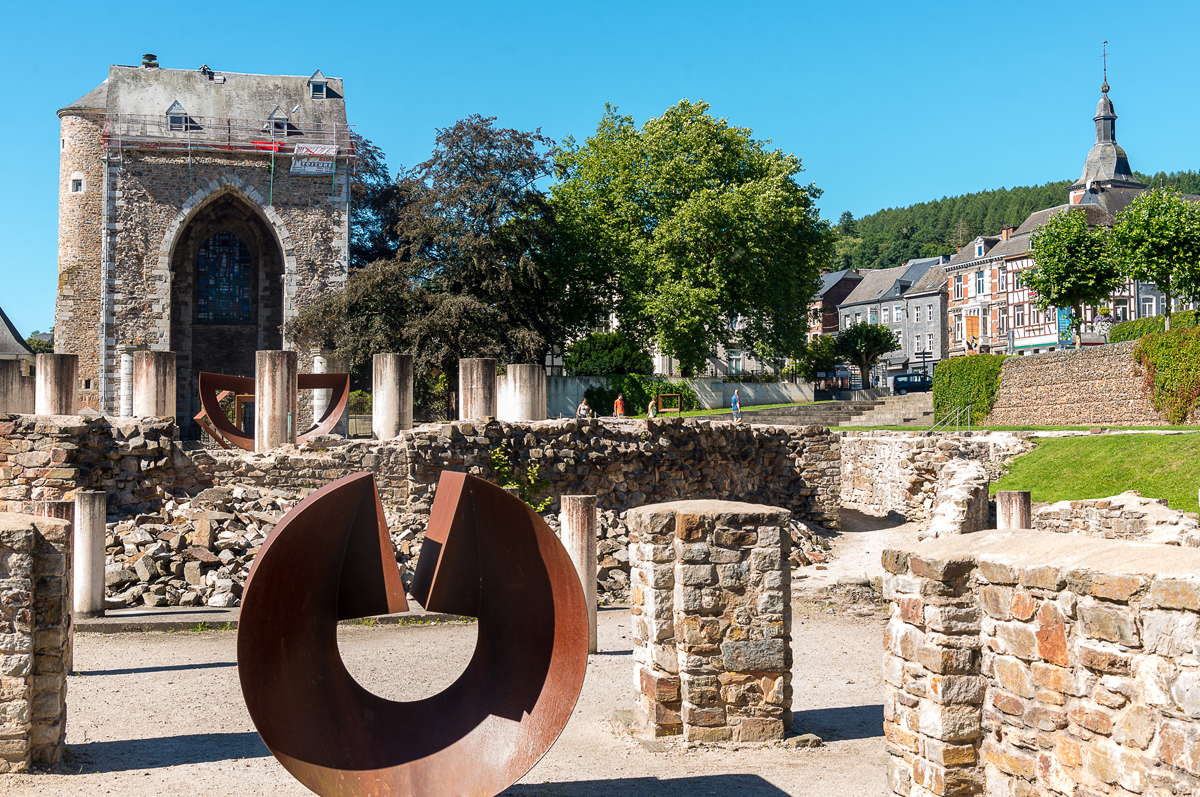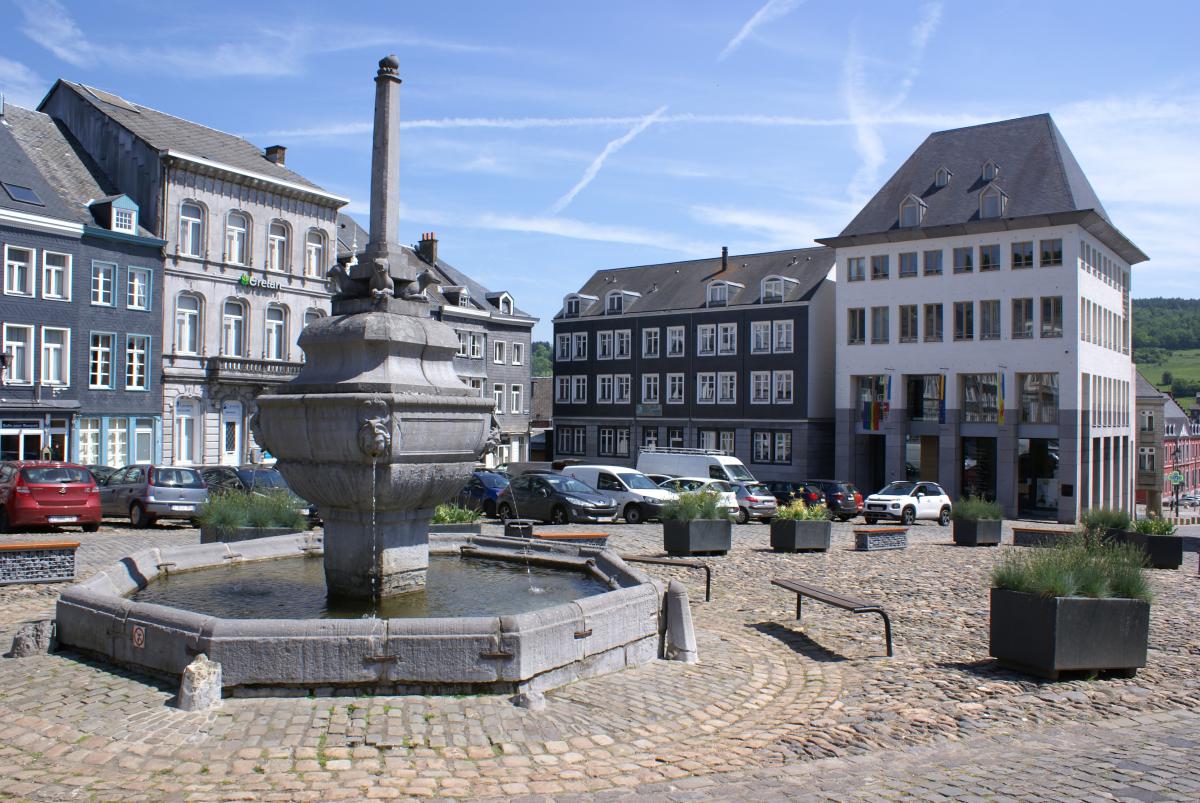Historic Heart
Stavelot, one of the oldest cities in Belgium
Stavelot was founded in the 7th century, when Saint Remacle, a Limousin monk, was responsible for the evangelisation of a region of the Ardennes.
The double abbey of Stavelot-Malmedy, an ecclesiastical principality attached to the German Holy Roman Empire, had an important spiritual and political influence throughout the Middle Ages.
The French Revolution put an end to this glorious history.
Following the Congress of Vienna in 1815, Stavelot was attached to the Netherlands and Malmedy to Prussia. As early as 1830, Stavelot became part of the Kingdom of Belgium; but for Malmedy, it was not until 1919.
While World War I did not spare Belgium, nor the whole region, it was during World War II, and especially during the Battle of the Ardennes in the winter of 1944, that the two sister cities suffered terribly.
Stavelot retains many relics from its past. Here are some ...
THE REMAINS OF THE ABBEY
Dating mostly back to the 18th century. The abbey was destroyed shortly after the Revolution. The Abbey of Stavelot has today become a cultural hub of the city!
SAINT-REMACLE square
The architectural complex that surrounds this vast Amblève pebble-covered space is classified. Most houses date back to the 18th and 19th centuries. In the centre, the fountain bears the symbol of the freedoms acquired by the people of Stavelot.
Saint-Sébastien parish church
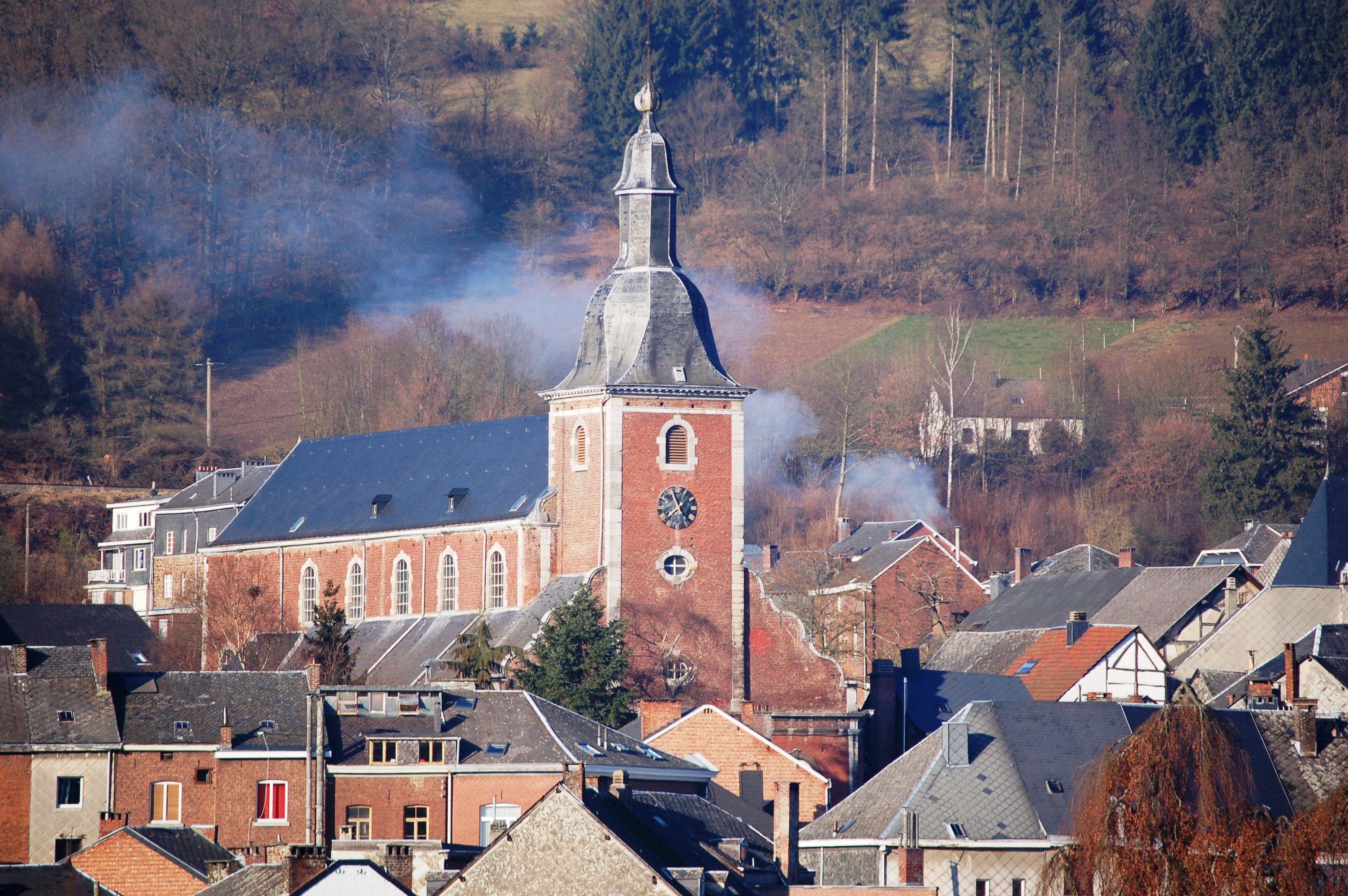
This 1751 building houses the shrine of Saint-Remacle, one of the masterpieces of the Rhenish-Meuse goldsmith of the 13th century: The Korfmacher 1841 organ is regularly honoured with prestigious concerts.
The VINÂVE
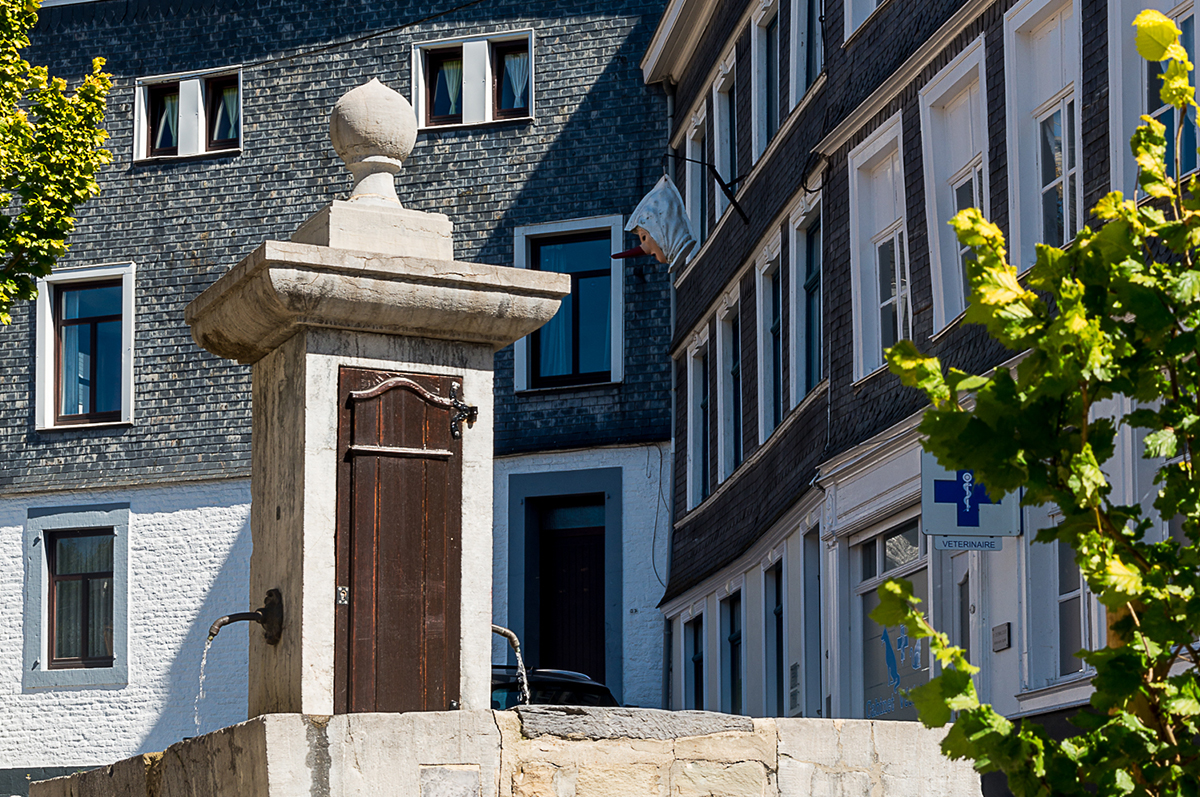
From the Latin vicinabilem meaning "neighbour" ... This neighbourhood was the first habitable area of the city. Pretty, typical houses, covered with slates, a 1777 fountain and, nearby, two of the oldest streets in the city, the Delbrouck alley and rue de la Fontaine.
Ô MAL AIMÉ Hotel
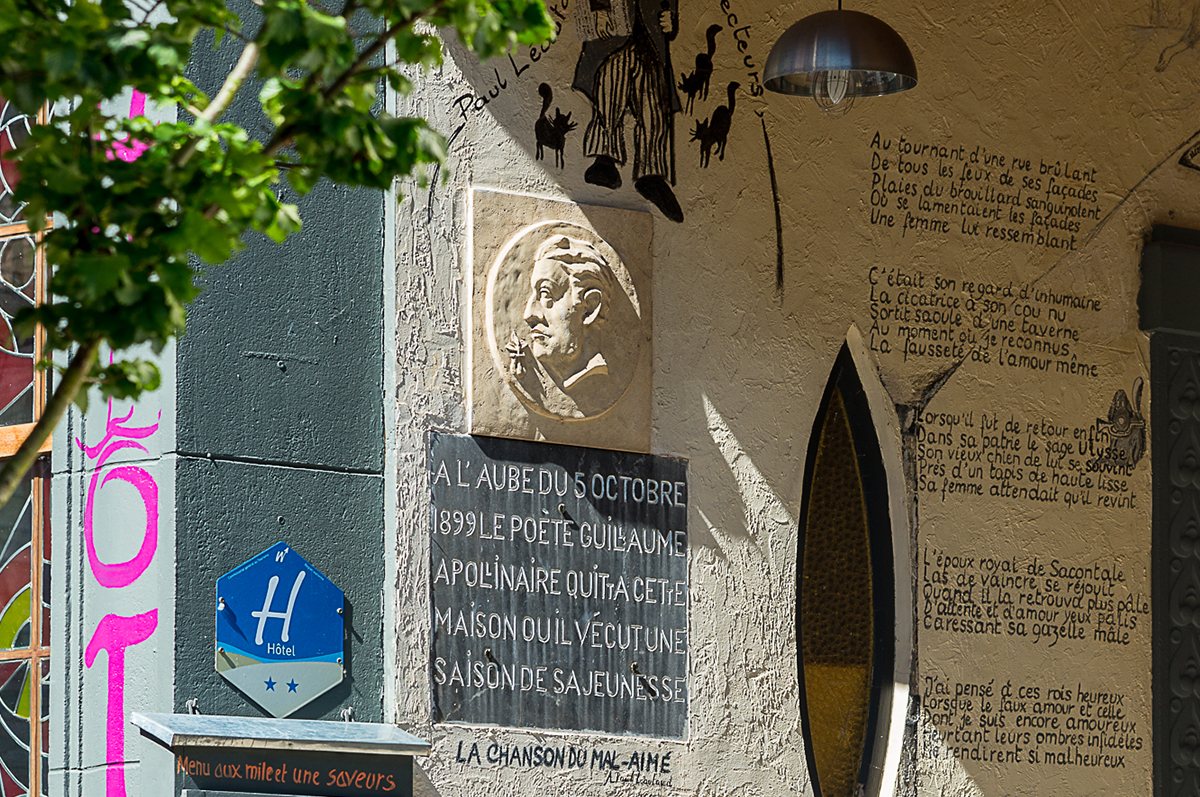
This building is entirely dedicated to the memory of the French poet Guillaume Apollinaire who stayed there in the summer of 1899. It was one of the greatest poets of French literature. For more information, visit the Apollinaire Museum!
Cultural space of Capuchins
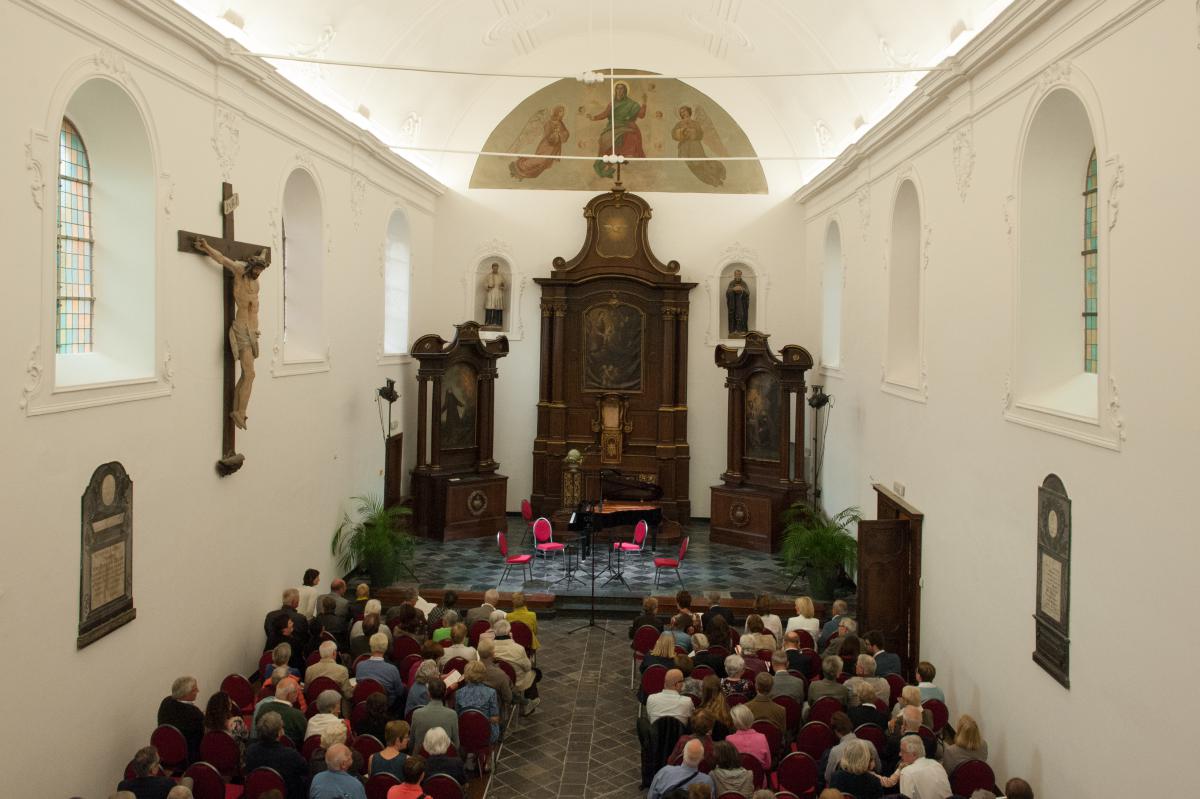
Located very close to Rue Haute and its typical half-timbered houses, sometimes also covered with slates or planks, is the old chapel of the Capuchins (1659), integrated for decades in the Saint-Remacle College and now transformed into a very beautiful space for exhibitions and concerts.
Commemoration square
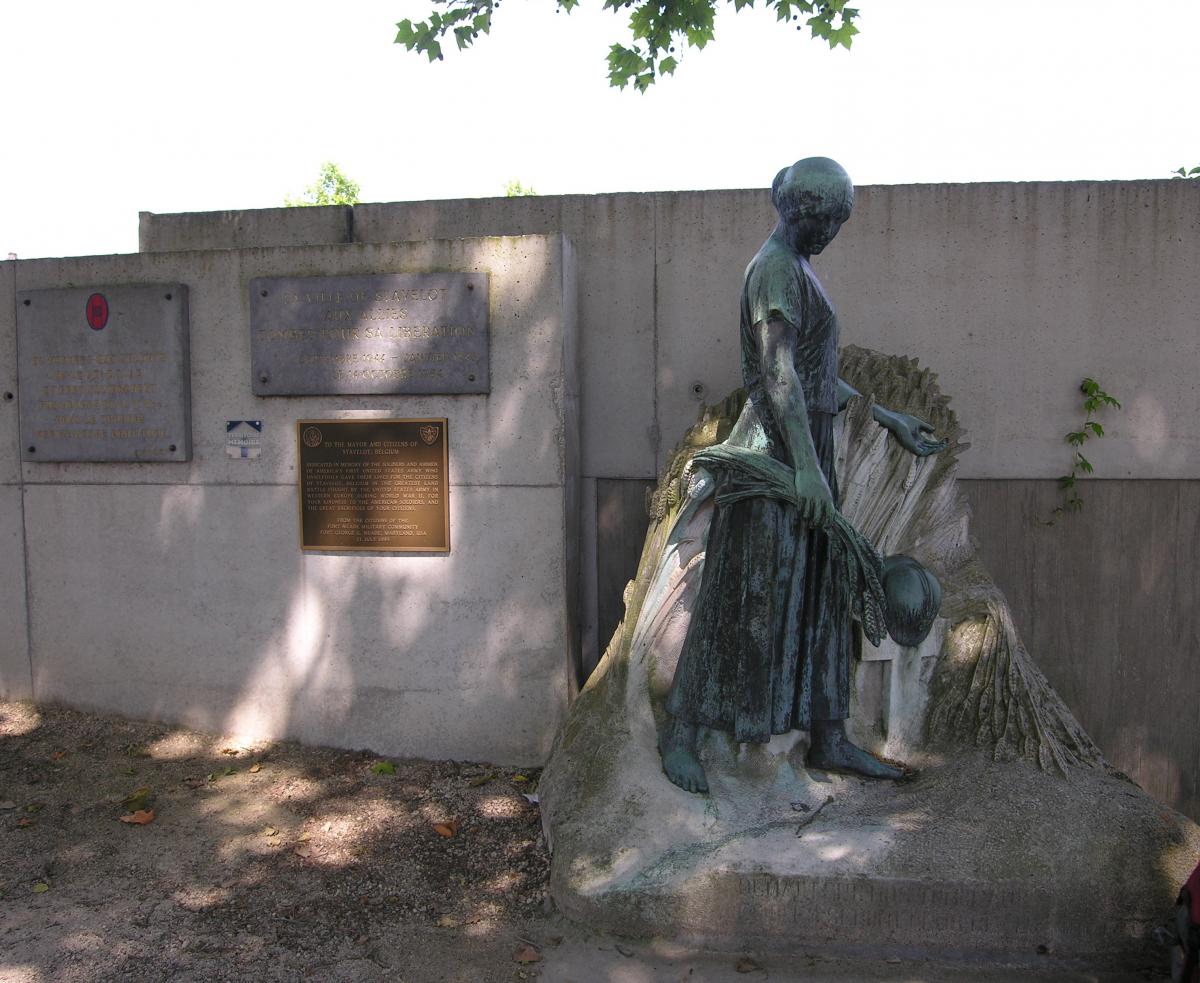
This space pays tribute to the US troops defending Stavelot in 1944, and also to the soldiers, resistance fighters and civilians killed during the two world wars.
Amblève bridge
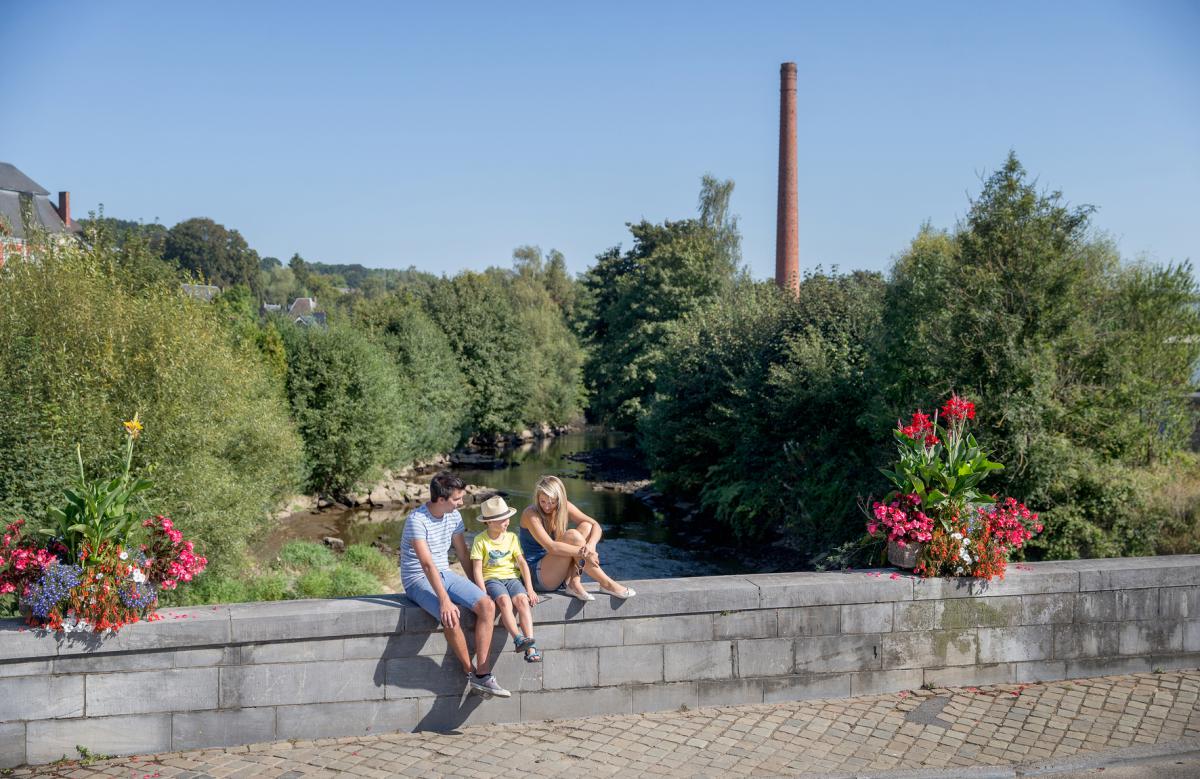
This bridge is one of the highest locations of the Battle of the Ardennes of winter 1944; various monuments and an American halftrack recall this tragedy.
Saint-laurent chapel
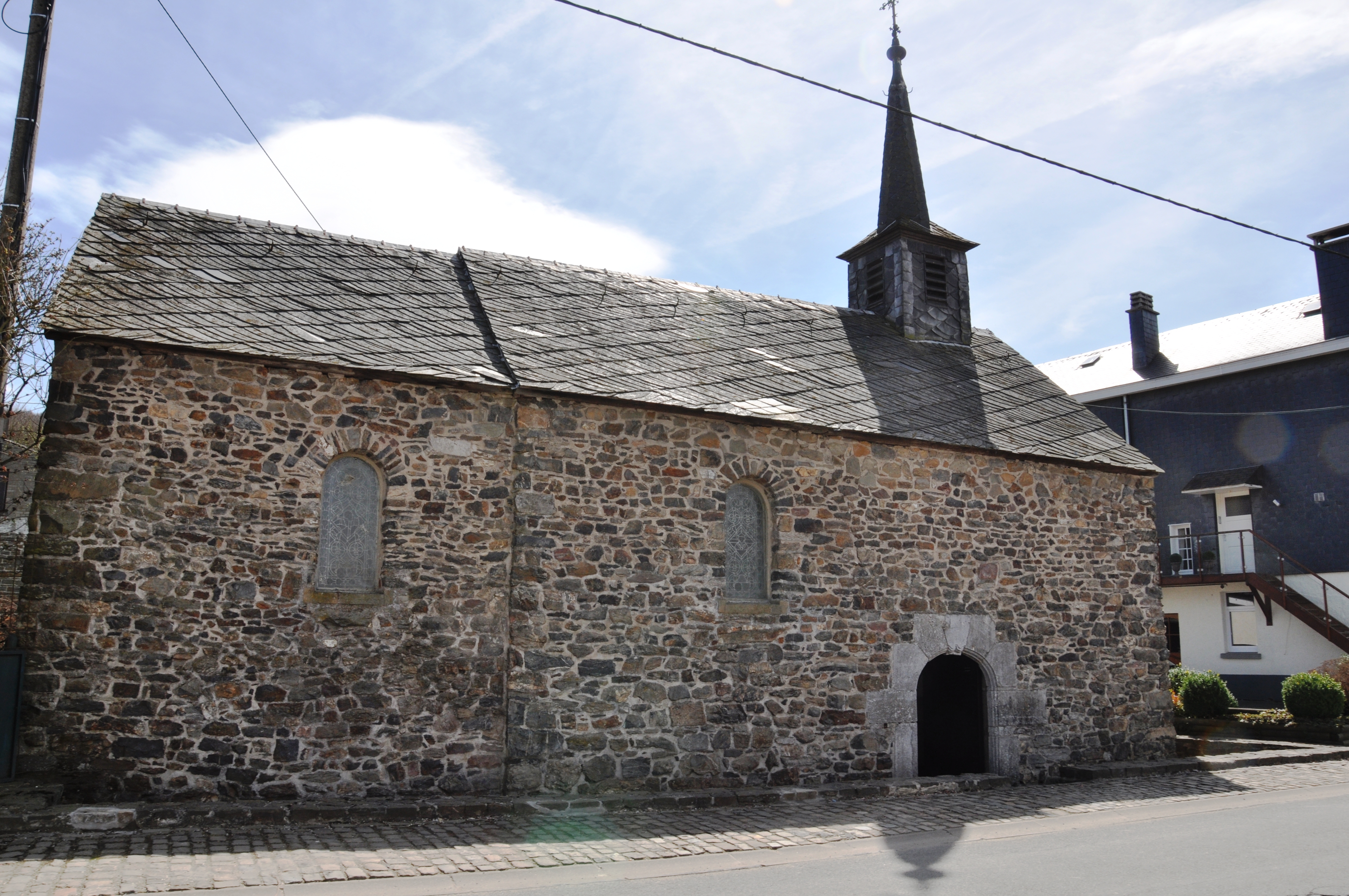
A Romanesque chapel from 1030 also called "chapel of the clumsy" in this time of epidemics ... and which adjoined the leprosarium of the city. It is the oldest building in Stavelot.






